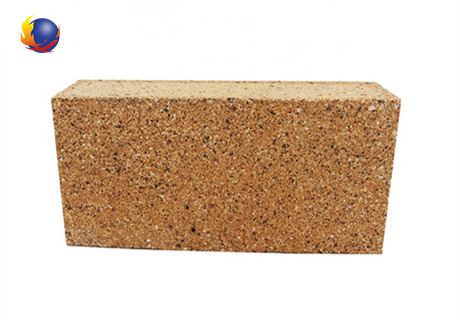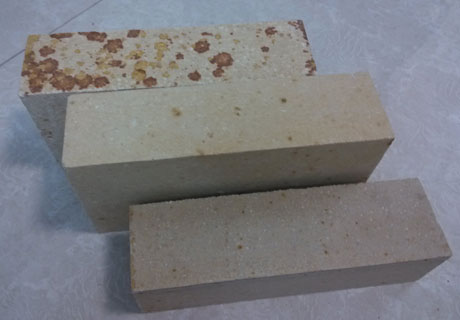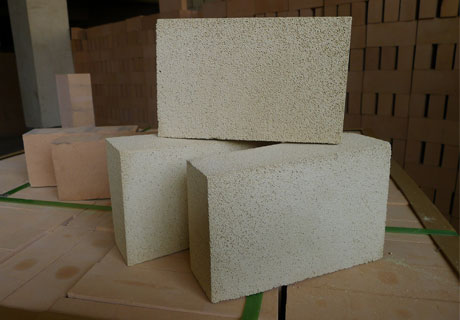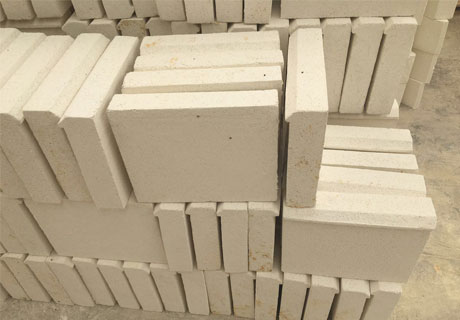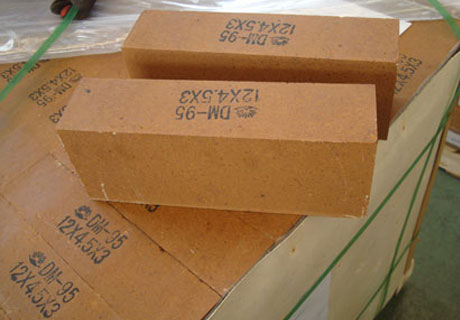Brief Introduction
Fire clay brick is made from clinker clay by mixing, forming, drying, sintering and matching characterized by good resistance to corrosion and abrasion, good thermal shock resistance, good spelling resistance, high mechanical strength, good volume stability under high temperature.
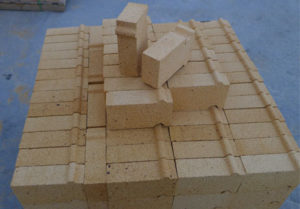
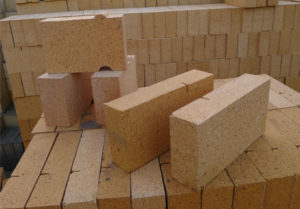
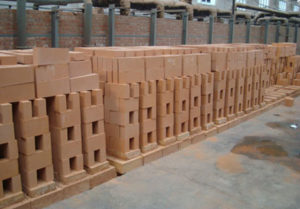
Application
Low porosity clay bricks can be applied to steel, nonferrous metals, glass, cement, ceramics, pertrifaction, machinery, boiler, light industry, electric power, war industry and other economic filed, which is the indispensable basic material to ensure above production running and technological development, it plays an incomparable important role in the development of high temperature industrial production.
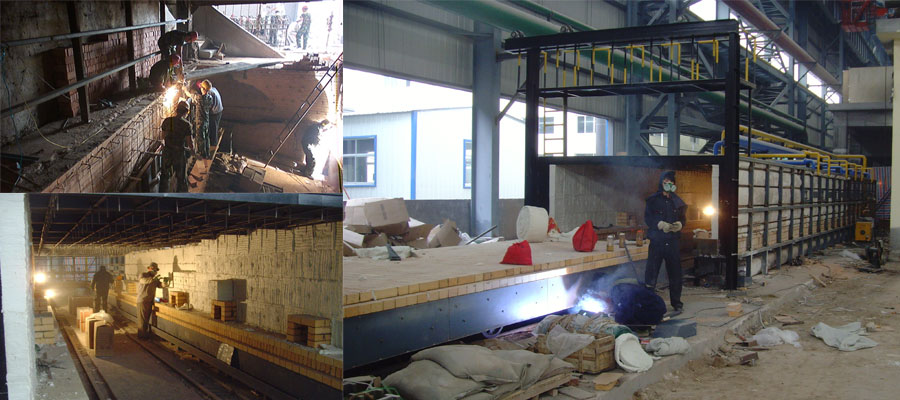
Classification
Alumina content in fireclay bricks approximate 28-45% are classified to Low Duty Fireclay Bricks, Medium Duty Fireclay Bricks, High Duty Fireclay Bricks and Super Duty Fireclay Bricks, the detailed information are as below.
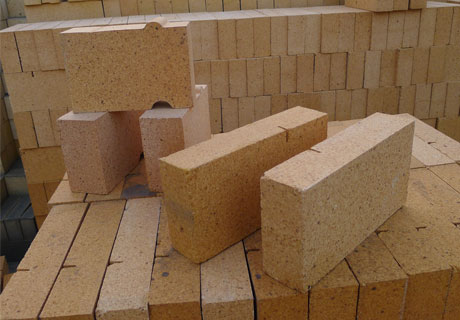
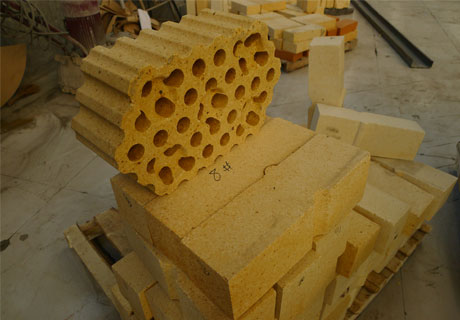
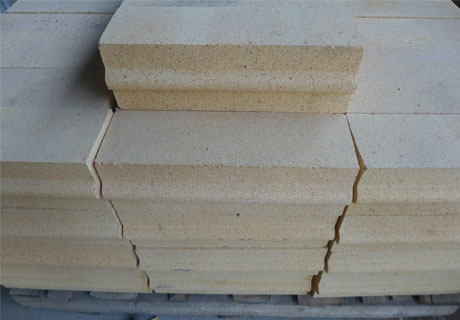
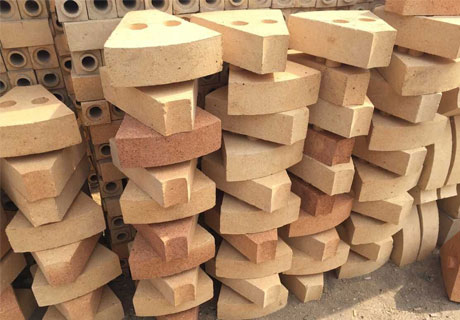
Technical Datas
| ITME | SK 31 | SK 30 | SK 30 | SK 29 | SK 29 | SK 28 | SK 27 |
| CHINA CODE | N-1 | N-2a | N-2b | N-3a | N-3b | N-4 | N-5 |
| Refractoriness ℃ | 1750 | 1730 | 1730 | 1710 | 1710 | 1690 | 1670 |
| Al2O3 % | 40 | 39 | 34 | 34 | 32 | 32 | 31 |
| Fe2O3 % | 2.1 | 2.1 | 2.3 | 2.3 | 2.5 | 2.5 | 2.5 |
| Apparent Porosity% | 22 | 24 | 26 | 24 | 26 | 24 | 26 |
| Bulk Density g/cm3 | 2.15 | 2.1 | 2.1 | 2.05 | 2.05 | 2.05 | 2 |
| Cold Crushing Strength Mpa | 30 | 25 | 20 | 20 | 15 | 20 | 15 |
| 0.2Mpa Refractoriness Under Load T0.6 ℃ ≥ | 1400 | 1350 | 1350 | 1320 | 1320 | 1300 | 1300 |
| Reheating Linear Change 1400℃ | 0.1–0.4 | 0.1–0.5 | 0.2–0.5 | ||||
| Reheating Linear Change 1350℃ | 0.2–0.5 | 0.2–0.5 | 0.2–0.5 | 0.2-0 |
Note: Any Interests and questions, please email us for more information and quotation: inquiry@rsrefractorygroup.com

